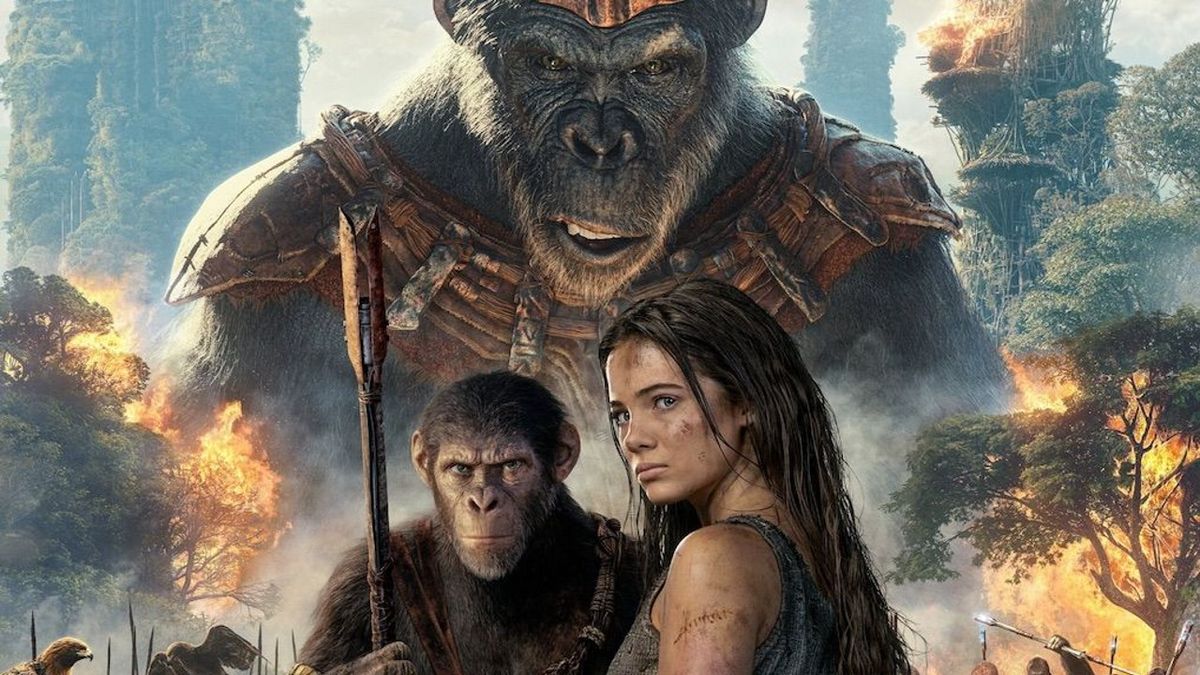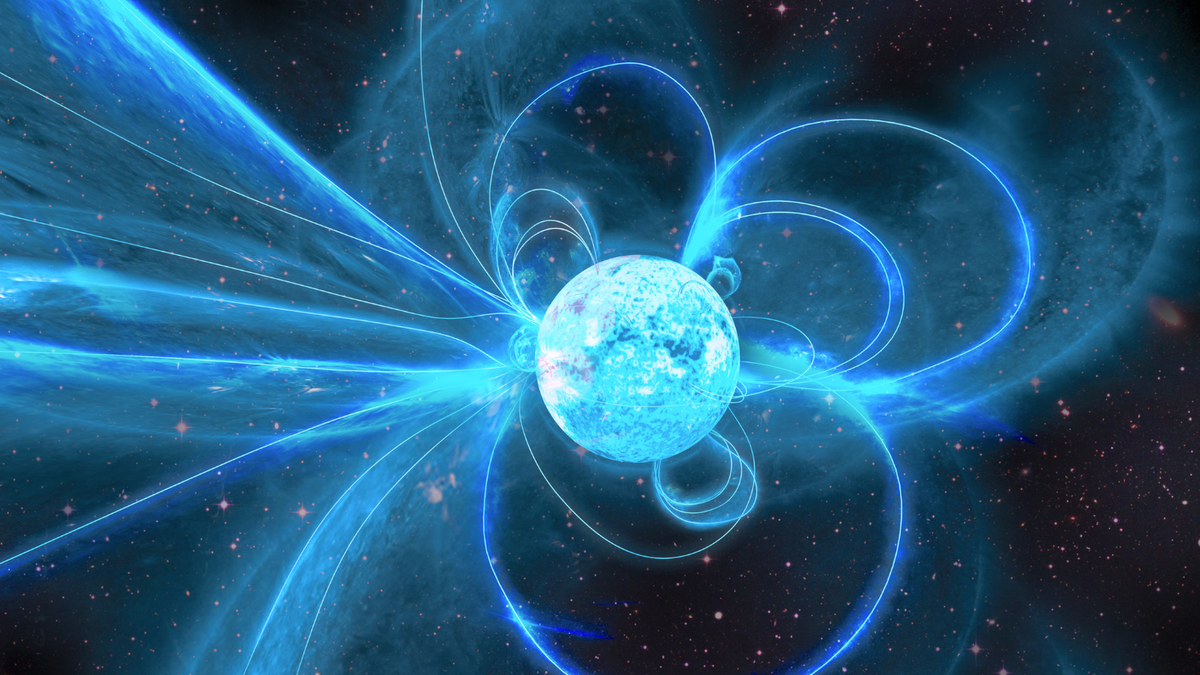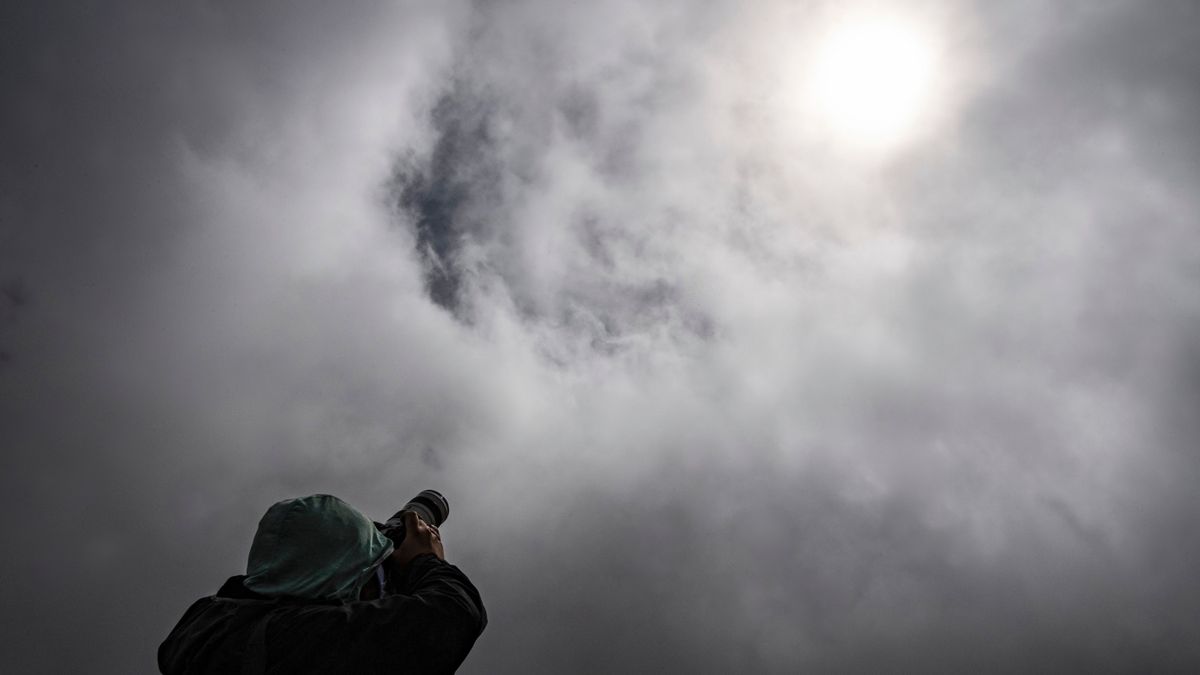The Evolution of a Cinematic Legacy: From Planet of the Apes to Kingdom of the Planet of the Apes
One of the most enduring and underappreciated franchises in the annals of Hollywood history is undoubtedly “Planet of the Apes,” a groundbreaking science fiction series that first captivated audiences with the 1968 classic directed by Franklin J. Schaffner and starring Charlton Heston. Adapted from the 1963 French novel by Pierre Boulle, the core narrative revolves around astronauts crash-landing on a distant planet in the distant future, only to discover a society ruled by intellectually superior apes while humans have been reduced to mute, feral creatures subjected to unspeakable atrocities.
The franchise’s iconic twist ending, revealing that this alien world is, in fact, a post-apocalyptic Earth, became a defining moment in cinematic history, epitomized by the poignant image of Heston’s character, Taylor, standing before the half-buried Statue of Liberty on the lonely shoreline. Despite the uneven quality of the four ’70s sequels and the forgettable 2001 remake by Tim Burton, the series experienced a renaissance in 2011 with the inception of a total reboot helmed by director Rupert Wyatt in “Rise of the Planet of the Apes.”
The Resurgence of a Franchise
This reimagined saga, further shaped by the visionary direction of filmmaker Matt Reeves, unfolded in 2014 with “Dawn of the Planet of the Apes” and culminated in 2017 with “War for the Planet of the Apes.” These entries masterfully chronicled the rise of Caesar, the ape leader, against the backdrop of a devastating human pandemic and the ascension of apes as the dominant species on a ravaged Earth.
Continuing this rich cinematic tapestry, director Wes Ball takes a bold leap forward in time with “Kingdom of the Planet of the Apes,” the latest offering in the franchise that opened to enthusiastic audiences. This tenth installment seamlessly merges the profound thematic elements that have defined the “Planet of the Apes” universe with a compelling narrative that delves into the complexities of human nature and societal evolution.
An Intriguing Journey into the Future
Set three centuries after Caesar’s reign, “Kingdom of the Planet of the Apes” explores a world where advanced simian societies coexist with marginalized human remnants clinging to survival. The protagonist, Noa, a young chimp, embarks on a perilous quest to rescue his clan from formidable adversaries, leading to an introspective odyssey that challenges his preconceptions and confronts him with the true nature of his beliefs.
Powered by cutting-edge motion capture technology, the film boasts an exceptional cast, with standout performances from Owen Teague as Noa, Kevin Durand as the imposing Proximus Caesar, and a talented ensemble portraying a diverse array of simian and human characters. The narrative unfolds against a backdrop of visually stunning landscapes and architectural ruins, underscoring the stark realities of a world ravaged by time and conflict.
As Noa’s journey unfolds, accompanied by a wise orangutan named Raka and a mysterious human girl named Mae, the film delves into themes of identity, resilience, and the enduring quest for belonging in a world torn asunder by the echoes of ancient enmities.
A Testament to Craftsmanship and Vision
“Kingdom of the Planet of the Apes” stands as a testament to the artistry and vision of its creators, blending elements of classic storytelling with contemporary sensibilities to craft a cinematic experience that resonates on multiple levels. Director Wes Ball deftly navigates the intricate web of mythos and character development, weaving a narrative tapestry that pays homage to the franchise’s roots while charting a bold new course into uncharted territory.
From the meticulous attention to detail in the production design to the sweeping vistas that evoke both wonder and desolation, every frame of the film exudes a sense of artistry and craftsmanship that elevates the viewing experience to new heights. The evocative score by John Paesano, echoing the tribal motifs of Jerry Goldsmith’s iconic music, further enhances the emotional resonance of the story, drawing viewers into a world where humanity and divinity intersect in unexpected ways.
A Visionary Leap into the Unknown
As “Kingdom of the Planet of the Apes” draws to a close, it leaves audiences with tantalizing questions and hints of mysteries yet to be revealed. The film’s closing moments, set against the haunting backdrop of a faded mural of an astronaut, suggest a future fraught with possibilities and revelations, hinting at a grander tapestry waiting to be unfurled in the sequels yet to come.
In conclusion, “Kingdom of the Planet of the Apes” stands as a triumph of modern filmmaking, a testament to the enduring power of storytelling and the boundless potential of cinematic imagination. With its bold vision, compelling characters, and evocative world-building, the film invites viewers on a journey of discovery, challenging them to look beyond the surface and explore the deeper truths that lie at the heart of the human experience.
Image/Photo credit: source url





